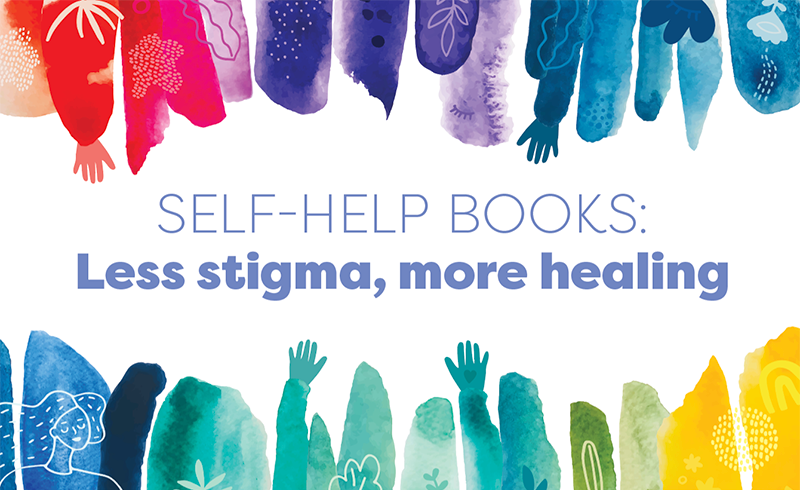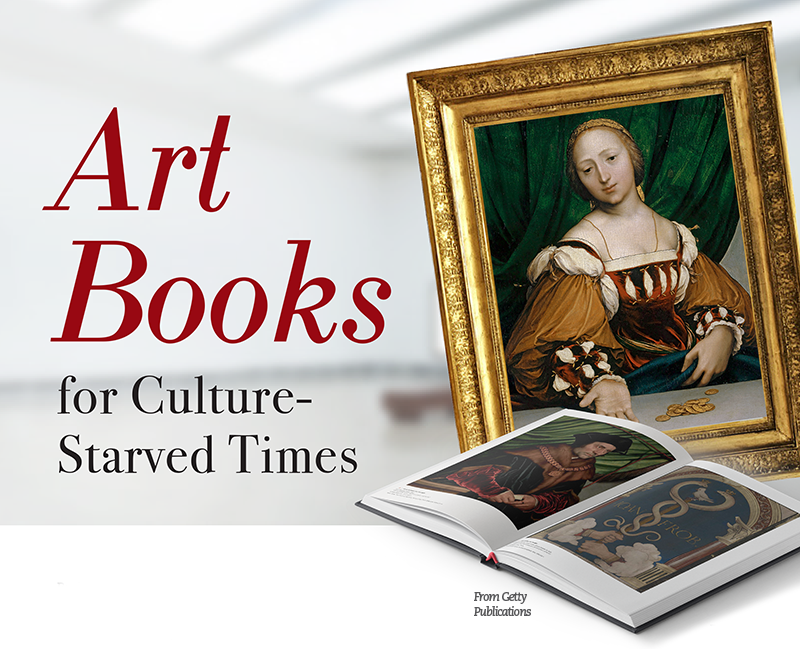Jessica Levine
3 Articles
From:
To:
Self-Help Books: Less Stigma, More Healing
Self-help was already one of the fastest-growing nonfiction categories in the 2010s, according to NPD Group. Then came the global pandemic in 2020, with its social isolation, a host of novel stressors, and information overload, triggering stress, anxiety, and all manner of mental health disorders.
Future-Proofing Libraries Through Flexible Design
“Today’s library is so many things,” says Jennifer Charzewski, principal at the Charleston-based architecture firm Liollio. “It’s library as gathering place, as museum, as park, as school, as community center.” So, library designers are prioritizing flexibility for unforeseen future functions as they embark on both new builds and renovations.
Art Books for Culture-Starved Times
While most of the art world has had to cope with the complications of museum closures and re-openings over the past 15 months, patrons have been growing hungrier for arts and culture. “We’ve seen an uptick in our audience getting their art fix—and a connection to beauty—via books,” says Thames & Hudson assistant editor Elizabeth Keene. “
ALREADY A SUBSCRIBER? LOG IN
We are currently offering this content for free. Sign up now to activate your personal profile, where you can save articles for future viewing




